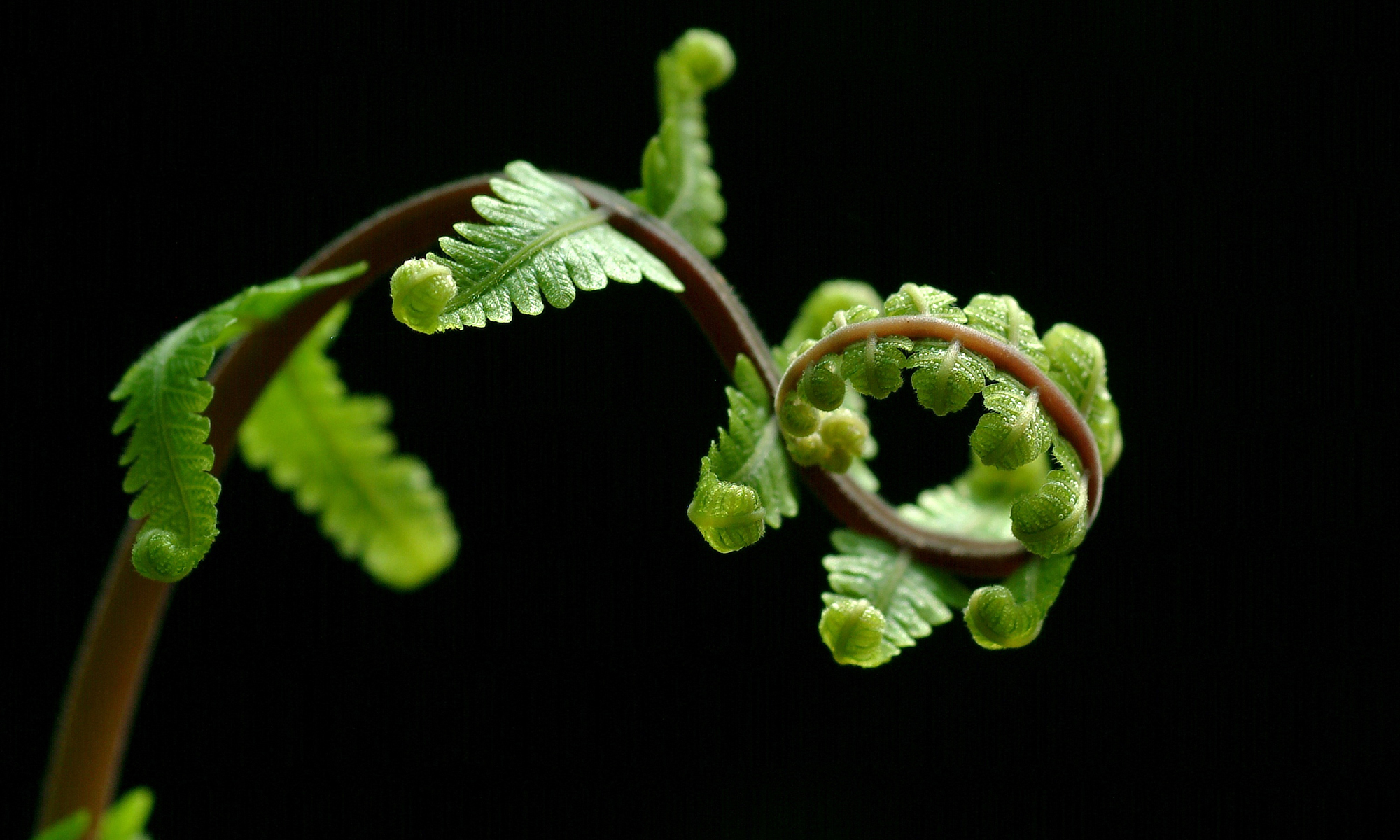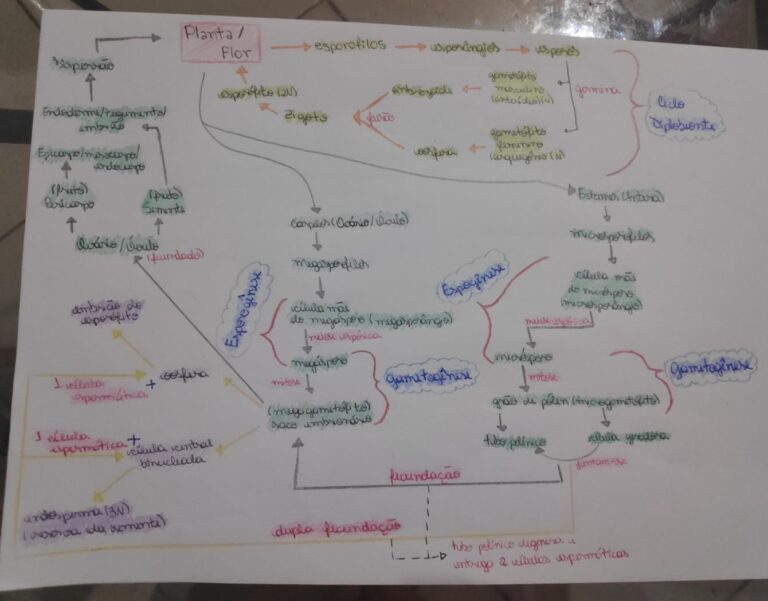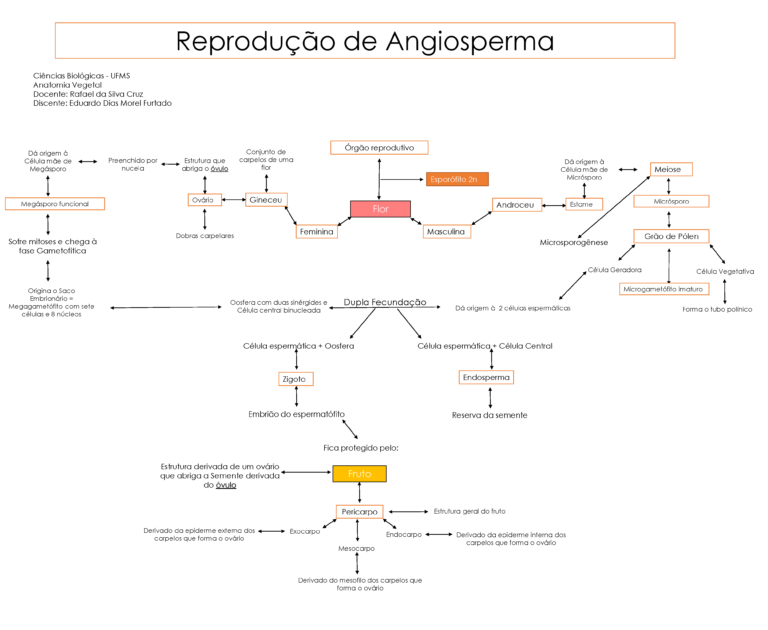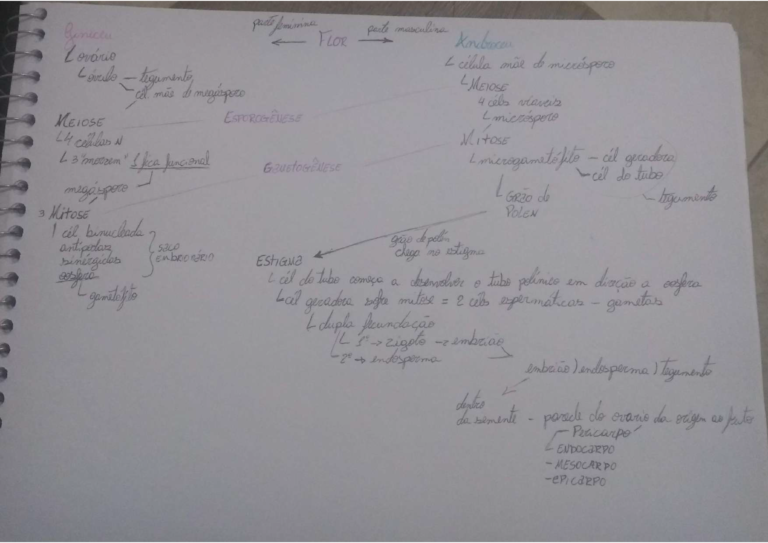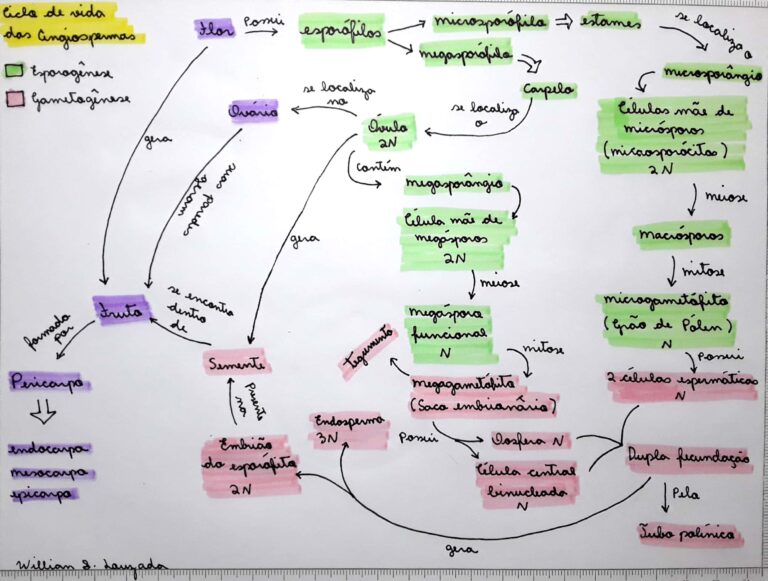Clique aqui para Versão em Português.
Life cycles are frightening, that’s a fact. Not only for high school and college students, but also the botanical professional who does not work with reproductive structures.
Personally, I have achieved good results with my students using the following steps.
1. Do not use plants.
Okay, it is a piece of weird advice! But it is important to start slow. All students are familiar with the conventional life cycle of most vertebrate animals, with gametic meiosis. A diplobiont cycle without meiosis to produce gametes sounds like an alien process!
I use the diagram below, making it very clear that meiosis is sporic, and by doing this it is very easy to understand.

2. When introducing the plants, start with the ferns.
No mosses! And certainly no angiosperms! Ferns are the perfect group to explain the diplobiont cycle. Gametophytes and sporophytes are independent and free phases, making their cycle much easier to understand than reduced and ephemeral phases.
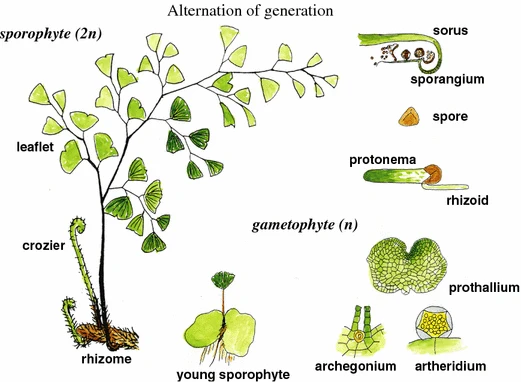
3. Let them work!
The evaluation consisted of launching different terms related to the life history of angiosperms. Students had one week to make a mind map with the terms.
Binucleated central cell – Egg Cell – Embryo – Embryo sac – Endocarp – Endosperm – Epicarp or Exocarp – Flower – Fruit – Gametogenesis – Megagametophyte – Megaspore – Megaspore mother cell – Meiosis – Mesocarp – Microgametophyte – Microspore – Microspore mother cell – Mitosis – Ovary – Ovule – Pericarp – Pollen Grain – Pollen tube – Seed – Sperm cells – Sporogenesis – Tegument
For some cool results that I had (in Portuguese):
Ensinando ciclos de vida de plantas terrestres
Ciclos de vida assustam, isso é fato. Não só aos alunos de Ensino Médio e universitários, mas também o profissional botânico que não trabalha com estruturas reprodutivas.
Pessoalmente eu obtive bons resultados com meus alunos usando os seguintes passos.
1. Não use plantas.
Ok, parece um conselho estranho! Mas é importante começar de forma teórica. Todos os alunos conhecem muito bem um ciclo de vida convencional da maioria dos animais vertebrados, com meiose gamética. Um ciclo diplobionte e sem meiose para produzir gametas parece algo de outro mundo!
Eu utilizo o diagrama a seguir, deixando bem claro que a meiose é espórica e desta forma fica bem fácil entender.
2. Quando introduzir as plantas, comece pelas samambaias.
Nada de musgos! Muito menos angiospermas! As samambaias são o grupo perfeito para explicar o ciclo diplobionte. Os gametófitos e esporófitos são fases independentes e livres, tornando o ciclo muito mais palpável do que fases reduzidas e efêmeras.
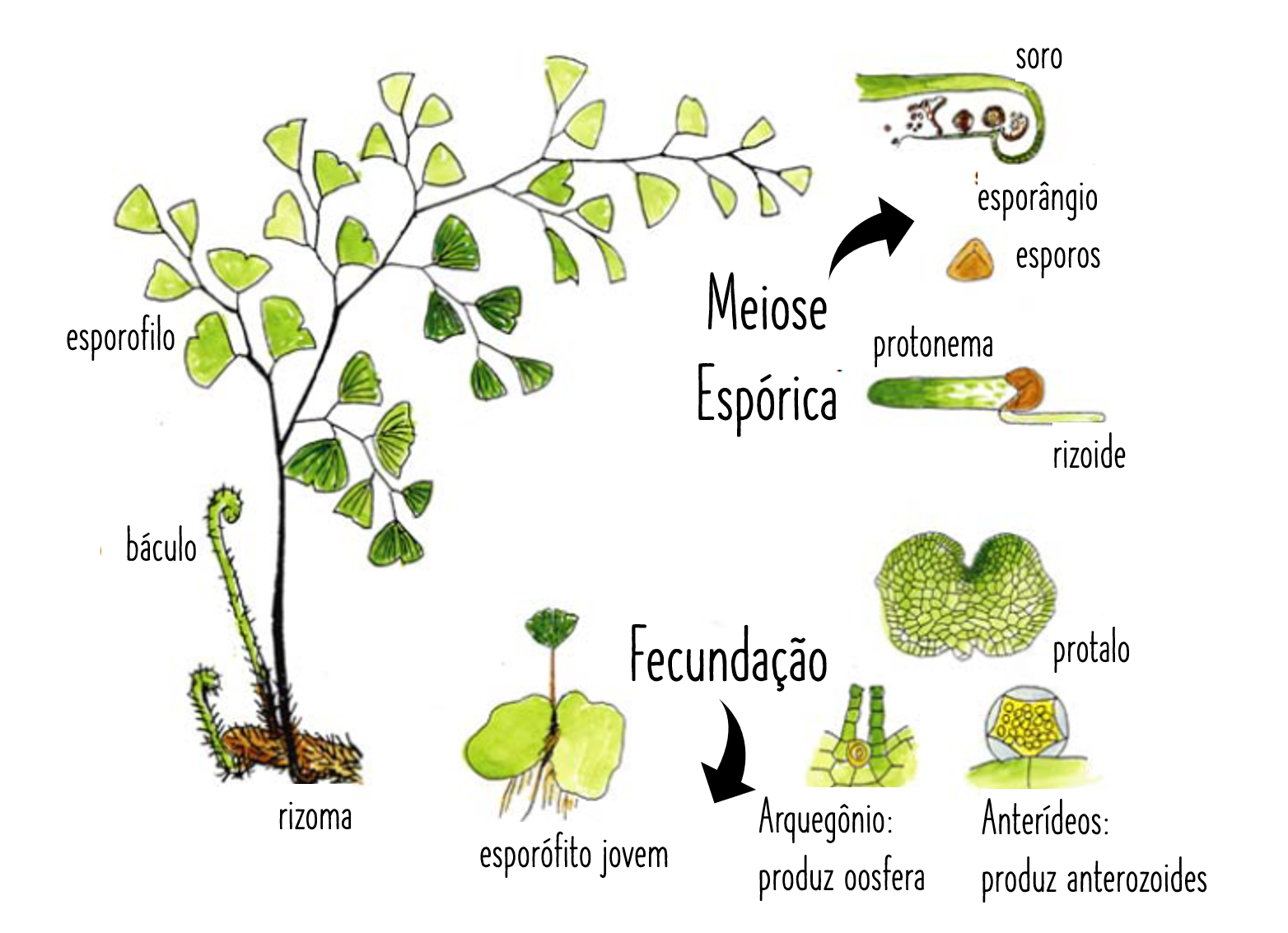
3. Deixe-os trabalhar!
A avaliação consistiu em lançar diferentes termos relacionados ao histórico de vida das angiospermas. Os alunos deveriam fazer um mapa mental com os termos.
Célula central binucleada – Célula mãe de megásporo – Célula mãe de micrósporo – Células espermáticas – Embrião – Endocarpo – Endosperma – Epicarpo ou Exocarpo – Esporogênese – Flor – Fruto – Gametogênese – Grão de Pólen – Megagametófito – Megásporo – Meiose – Mesocarpo –Microgametófito – Micrósporo – Mitose – Oosfera – Ovário – Óvulo – Pericarpo – Saco embrionário –Semente – Tegumento – Tubo polínico
Alguns resultados legais:
